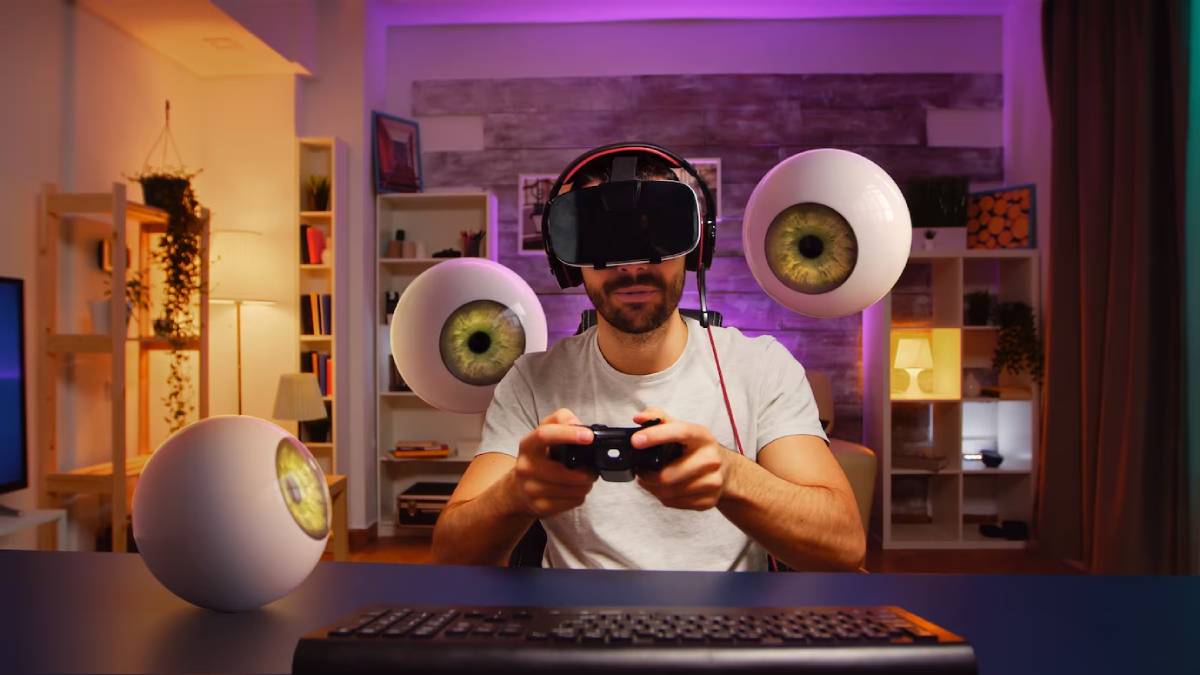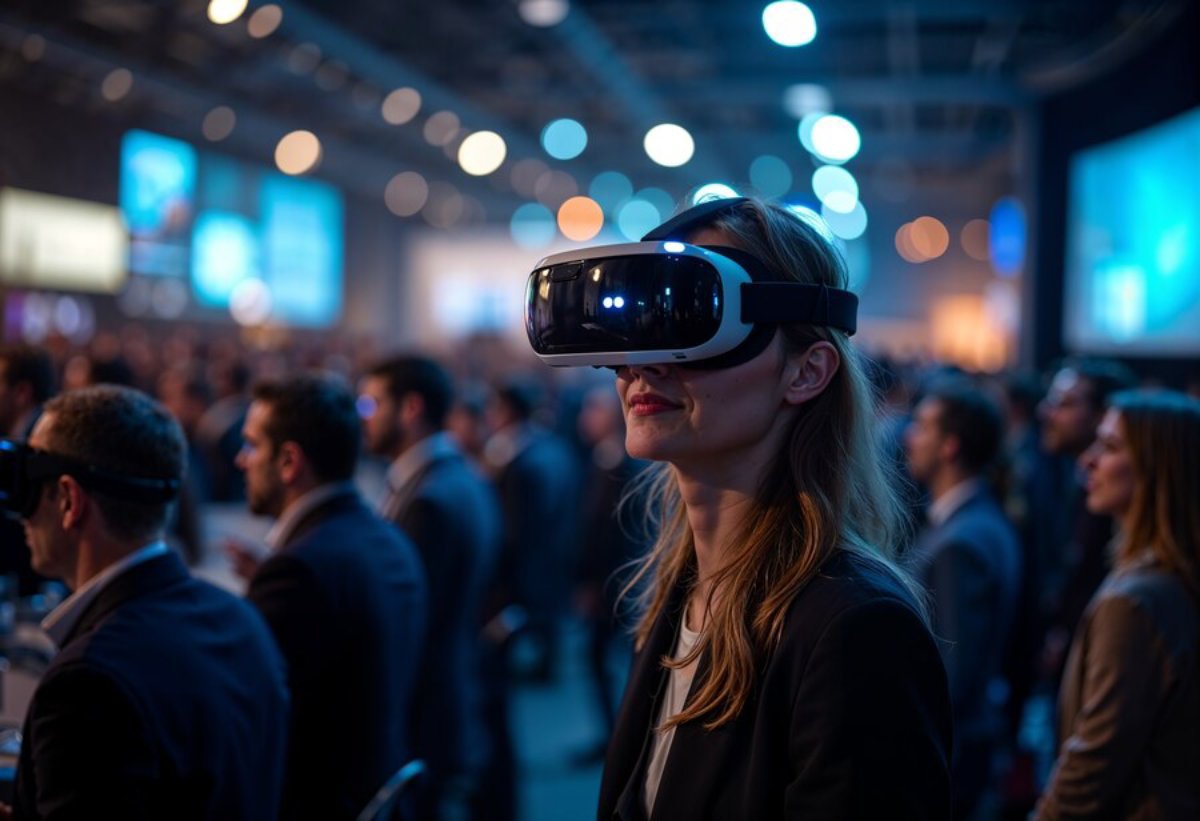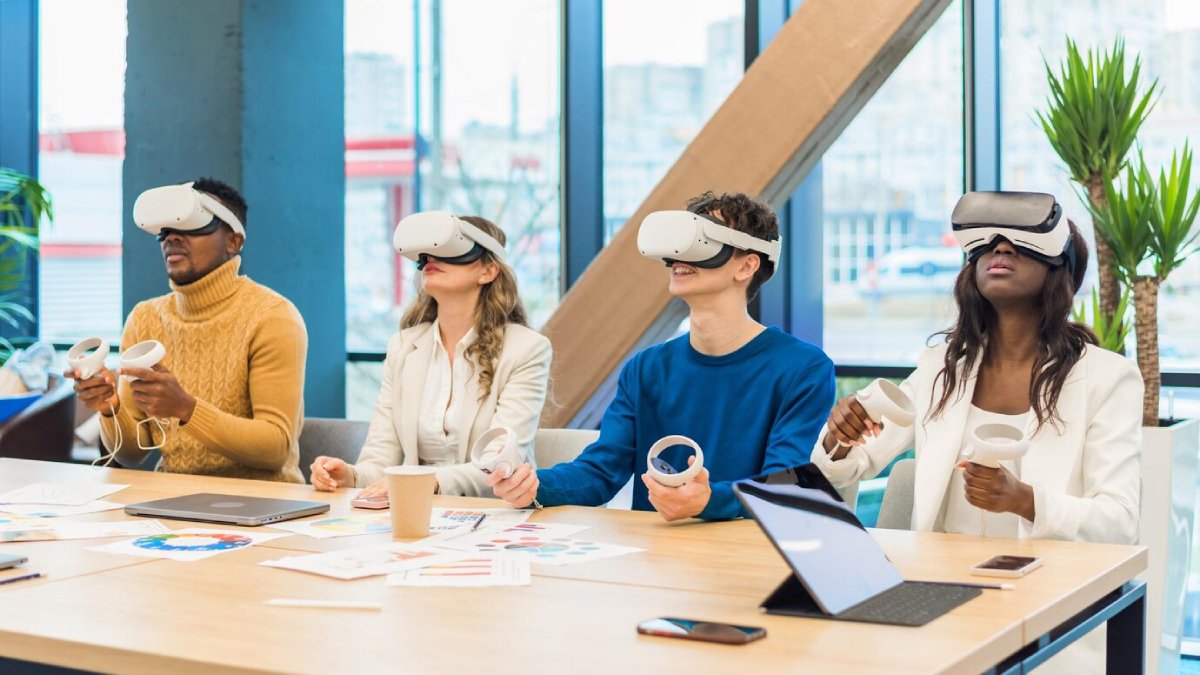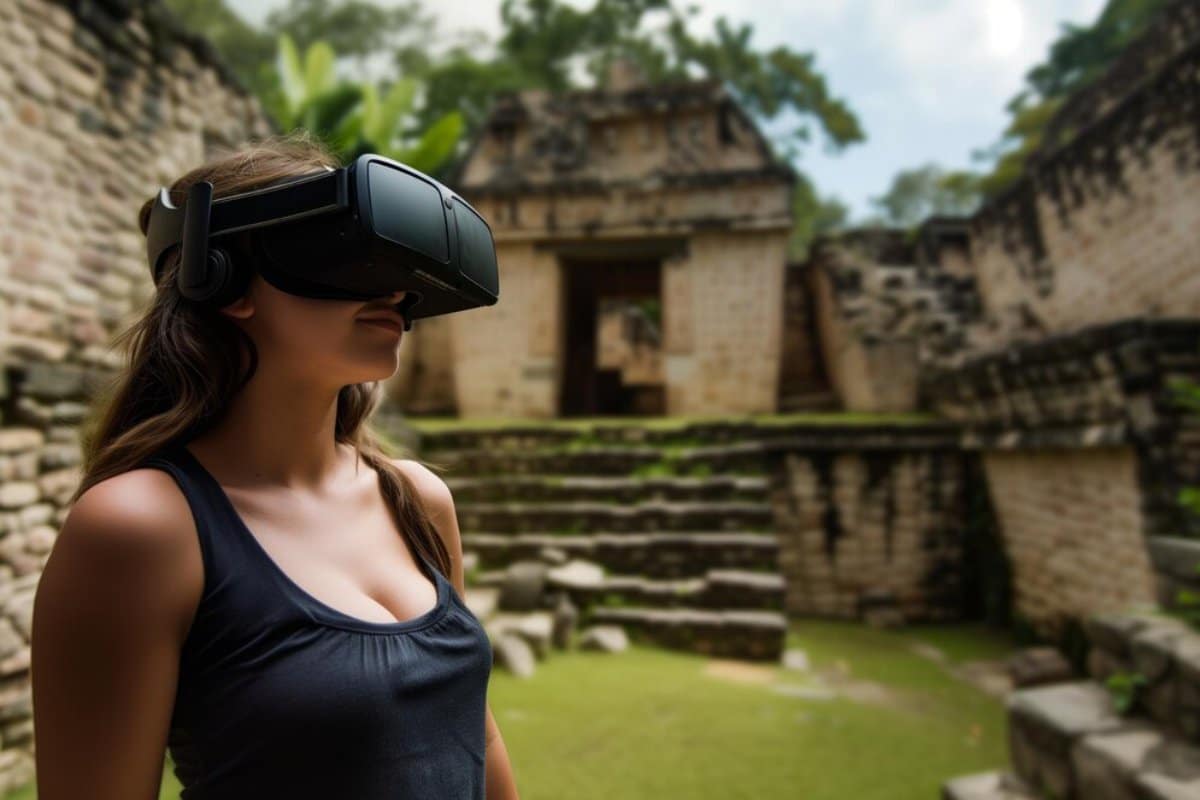
The Impact of VR on Cultural Preservation and Virtual Heritage Sites
Technology has faded into the background of our lives today. Virtual Reality (VR) is a powerful medium, not only a recreational one but also a vehicle for cultural conservation. VR cultural preservation is on the rise. It shifts the way we view and interact with history. This blog discusses the transformative effect of VR on cultural conservation and virtual heritage sites, highlighting its role in making history more accessible and preserved
Importance of the Topic
Preserving cultural heritage is vital. It helps keep societies’ identities and histories alive. Traditional methods of conservation, while effective, often fall short of engaging the younger generation or providing extensive access to remote or endangered sites. Herein lies the transformative power of VR. VR creates immersive virtual heritage tours. This helps preserve history and makes it accessible to people around the world. This technological advancement ensures that cultural treasures are not lost to time but are instead celebrated and explored in innovative ways.
A Compelling Hook
Picture strolling through Pompeii’s old streets. You can admire the buildings and see people’s lives, all from your cosy living room. This is the reality that VR cultural preservation offers. It connects the past and present, letting us visit historical sites that might be hard to reach because of geography, politics, or preservation issues.
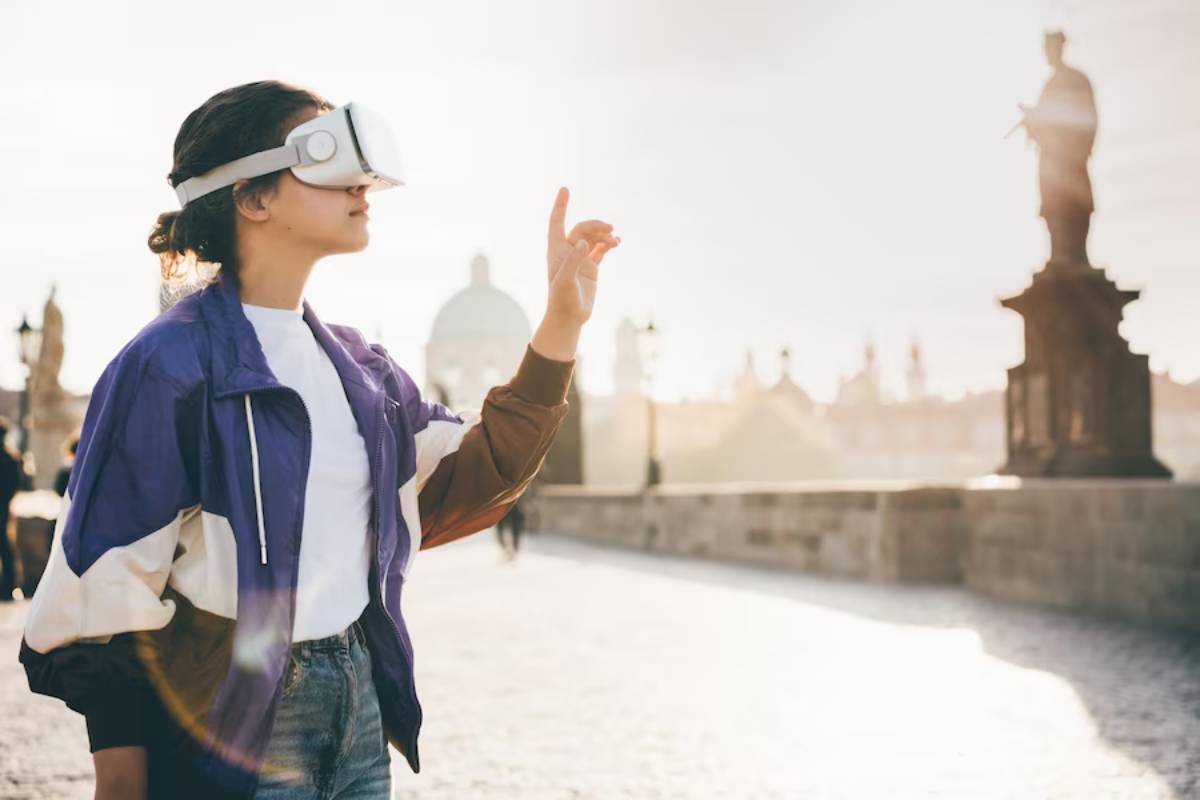
Addressing Common Misconceptions
One common misconception is that VR experiences are mere simulations, lacking the authenticity of physical visits. However, with advancements in VR technology, these virtual heritage tours are becoming increasingly realistic, providing detailed reconstructions based on archaeological findings and expert insights. This ensures that while the medium is virtual, the experience is grounded in reality and historical accuracy.
Key Benefits / Why It Matters
Enhancing Accessibility and Engagement
VR cultural preservation significantly enhances accessibility, allowing individuals worldwide to visit heritage sites without physical travel. This is particularly beneficial for those with mobility issues or financial constraints. Moreover, VR’s immersive nature captures the interest of younger audiences, fostering a deeper appreciation for history and culture.
Real-Life Applications
Numerous institutions and organisations are leveraging VR to create virtual heritage tours. For example, the British Museum has developed VR experiences that allow users to explore ancient Egypt’s treasures, providing an immersive educational tool that complements traditional learning methods. Similarly, UNESCO has embarked on projects to digitally preserve endangered sites digitally, ensuring they remain accessible even if the physical structures are lost.
Data-Backed Insights
Research indicates that VR experiences can enhance memory retention and engagement compared to traditional learning methods. A study by the University of Maryland found that participants remembered information better when presented in a VR environment. This highlights VR’s potential in preserving history and enhancing the educational impact of cultural heritage sites.
Additional Expert Tips & Common Mistakes to Avoid
Best Practices for VR Cultural Preservation
When developing VR experiences for cultural preservation, it is essential to collaborate with historians, archaeologists, and cultural experts to ensure accuracy and authenticity. This interdisciplinary approach ensures that the virtual reconstructions are visually impressive and historically accurate.
Common Mistakes and Misconceptions
A common mistake in VR cultural preservation is prioritising aesthetics over accuracy. While visually appealing experiences are essential, they should not come at the cost of historical authenticity. Additionally, some developers may overlook the importance of accessibility features, such as subtitles and audio descriptions, which are crucial for ensuring that VR experiences are inclusive.
Explaining Their Impact
Inaccurate representations can lead to the dissemination of misinformation, undermining the educational value of VR cultural preservation. By prioritising accuracy and inclusivity, developers can create engaging and academic experiences, fostering a deeper understanding and appreciation of cultural heritage.

Advanced Insights / Expert Recommendations
Leveraging Emerging Technologies
As VR technology evolves, incorporating other emerging technologies, such as Artificial Intelligence (AI) and Augmented Reality (AR), can further enhance virtual heritage tours. AI can personalise experiences based on user preferences, while AR can provide additional layers of information and interactivity, creating a more comprehensive and engaging experience.
Unique Industry Perspectives
Experts in cultural preservation highlight VR’s potential to serve as a digital archive, preserving not only the physical aspects of heritage sites but also intangible cultural elements such as rituals, language, and music. This holistic approach ensures that the essence of cultural heritage is preserved for future generations.
Lesser-Known Insights
One lesser-known insight is the potential of VR to facilitate collaborative preservation efforts. By creating digital replicas of heritage sites, experts worldwide can collaborate on restoration projects, sharing insights and expertise without needing physical presence. This global collaboration can lead to more effective preservation strategies and a deeper understanding of cultural heritage.
Preserving the Past, Empowering the Future
VR significantly impacts cultural preservation and virtual heritage, allowing people to explore, engage with and preserve history in new ways. This democratisation of cultural heritage promotes diversity, creativity, and collaboration, leading to a richer understanding of human experiences across cultures.
Encouraging Specific Next Steps
If you’re interested in VR cultural preservation, check out virtual heritage tours offered by museums and other institutions. You can also donate to initiatives using technology to help preserve culture—find initiatives that operate at scale so that access to our shared history will be available to everybody.
Thought-Provoking Statement
At the convergence of tech and culture, we ponder: How will future generations view and interact with their heritage? The future we create today is created through embracing VR for cultural preservation. Here, history will be preserved and brought to life in ways we can’t yet fathom.
